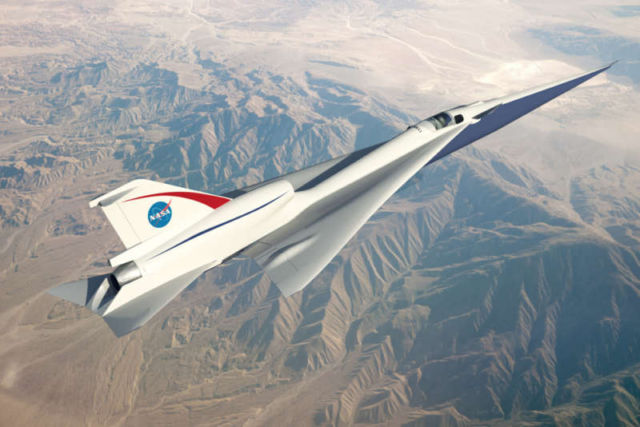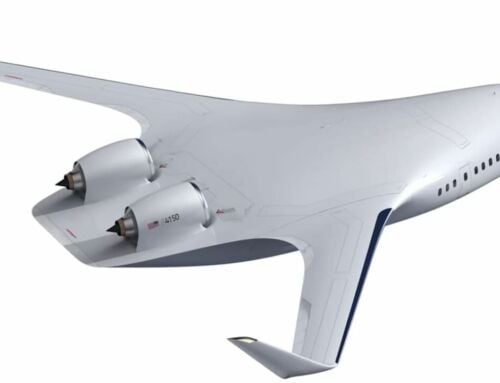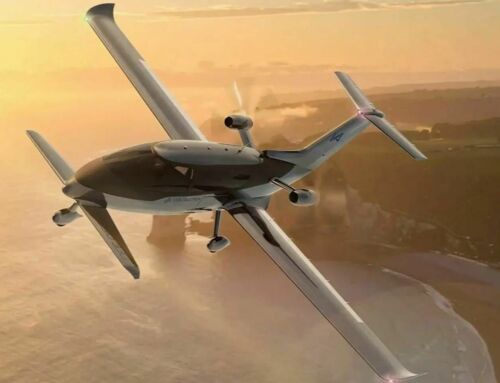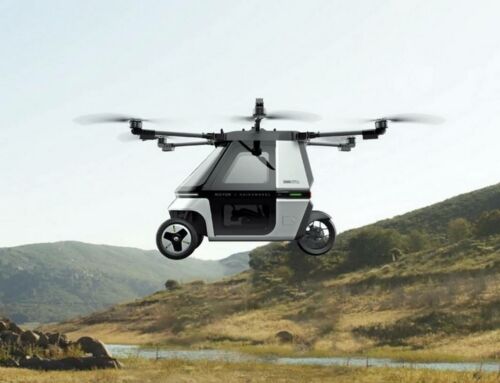NASA’s aeronautical innovators are preparing to put in the sky an array of new experimental aircraft, each intended to carry on the legacy of demonstrating advanced technologies that will push back the frontiers of aviation.
Above: The Quiet Supersonic Technology, or QueSST, concept is in the preliminary design phase and on its way to being one of NASA’s first X-planes. Credits: NASA
Short wings. Long wings. Delta-shaped wings. Forward swept wings. Scissor wings. Big tails. No tails. High speed. Low speed. Jet propulsion. Rocket propulsion. Even nuclear propulsion – although that technology was never actually flown.
Individually each of these pioneering aircraft has its own story of triumph and setback – even tragedy. Each was made by different companies and operated by a different mix of government organizations for a myriad of purposes.
Together they are known as X-planes – or X-vehicles, since some were missiles or spacecraft – and the very mention of them prompts a warm feeling and a touch of nostalgia among aviation enthusiasts worldwide.
“They certainly are all interesting in their own way. Each one of them has a unique place in aviation that helps them make their mark in history,” said Bill Barry, NASA’s chief historian. “And they are really cool.”
Goals include showcasing how airliners can burn half the fuel and generate 75 percent less pollution during each flight as compared to now, while also being much quieter than today’s jets – perhaps even when flying supersonic.
NASA’s renewed emphasis on X-planes is called, “New Aviation Horizons,” an initiative announced in February as part of the President’s budget for the fiscal year that begins Oct. 1, 2016. The plan is to design, build and fly the series of X-planes during the next 10 years as a means to accelerate the adoption of advanced green aviation technologies by industry.
“If we can build some of these X-planes and demonstrate some of these technologies, we expect that will make it much easier and faster for U.S. industry to pick them up and roll them out into the marketplace” said Ed Waggoner, NASA’s Integrated Aviation Systems Program director.
It’s something NASA has known how to do going way back to the days of its predecessor organization, the National Advisory Committee for Aeronautics (NACA), and the very first X-plane, fittingly called the X-1, a project the NACA worked on with the then newly formed U.S. Air Force.
Read more at NASA






Leave A Comment